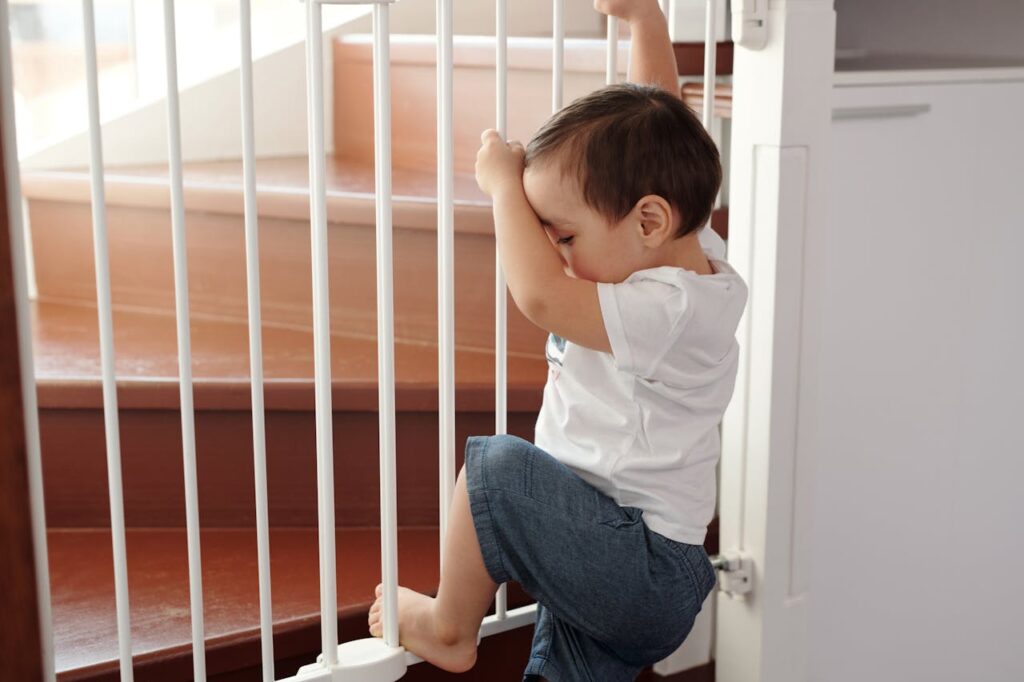
When it comes to baby-proofing your home, one of the most important tools in a parent’s arsenal is the baby gate. Baby gates are essential for creating a safe environment for your little ones, especially when it comes to stairs and other potential hazards in the home. In this comprehensive guide, we will explore everything you need to know about baby gates, including why they are important, the different types available, and how to properly install them to keep your children safe.
The Importance of Installing Baby Gates

Staircases, in particular, pose a notable risk for falls and injuries, making the installation of baby gates at both the top and bottom an indispensable safety measure. However, the utility of baby gates extends beyond staircases. They provide a versatile solution to restrict access to various areas within the home that may not be child-friendly, such as kitchens, bathrooms, or rooms with delicate electronics or breakable objects.
Furthermore, the act of installing baby gates goes beyond physical safety; it introduces an early concept of boundaries and limits to young minds, instilling a sense of structure and discipline that is beneficial for their development. It is an exercise in proactive parenting, ensuring that children are shielded from harm while nurturing their curiosity and mobility within a controlled environment.
Given the dynamic nature of households and the unique challenges they present, choosing the right type of baby gate for each specific area is critical. Whether it is deciding between a pressure-mounted gate for a doorway or a hardware-mounted gate for the top of a staircase, understanding the distinct purposes and functionalities of each type is key to maximizing safety and efficacy.
Understanding Different Types of Baby Gates
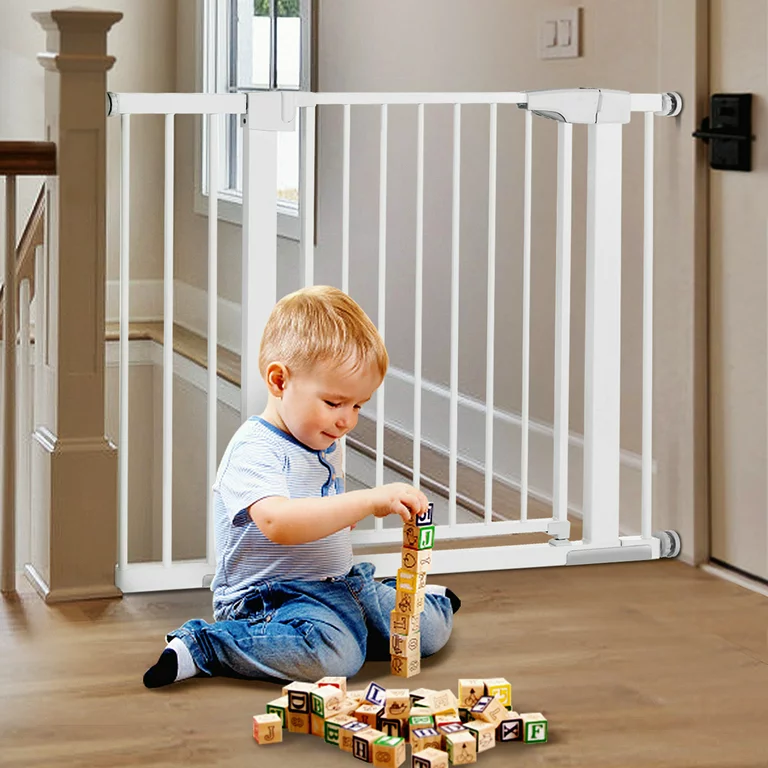
Navigating the vast selection of baby gates can be overwhelming for new parents, but understanding the differences among the types available can significantly streamline the decision-making process. Let’s delve into the primary kinds of baby gates and their ideal applications within the home.
Pressure-mounted gates stand out for their ease of installation, requiring no tools or drilling. They rely on tension between two surfaces to stay in place, making them a popular choice for doorways or hallways where temporary or less intrusive barriers are needed. However, their port around the house makes them less suited for securing staircases, where a more permanent and secure solution is necessary.
Hardware-mounted gates, on the other hand, offer a higher level of security and stability. As they are fixed directly to the walls or banisters with screws, these gates provide an unrivaled peace of mind when it comes to blocking access to potentially dangerous areas, such as the top of stairs. The permanence and resilience of hardware-mounted gates make them an indispensable option for critical safety zones.
For homes with unique architectural features or non-standard spaces, there are adaptable gates such as tall gates, which are designed to deter more adventurous toddlers or larger pets with their extra height. Retractable gates offer a flexible solution, able to extend across wider openings or retract out of sight when not in use, making them an excellent choice for maintaining the aesthetic and functionality of a space.
Gates with doors integrate seamlessly into the family’s daily routine, providing easy access for adults while keeping children safe. These gates often feature a walk-through design, some with auto-close mechanisms for added convenience and safety.
Lastly, when dealing with non-traditional or challenging spaces, such as wall-to-banister or banister-to-banister setups, there are gates specifically designed to bridge these gaps. These specialized solutions ensure that safety can be maintained throughout the home, regardless of layout irregularities.
By carefully considering the specific needs of your household and the areas you wish to secure, selecting the appropriate baby gate becomes a more manageable task. Whether it’s the adaptability of a retractable gate or the steadfast protection of a hardware-mounted gate, there’s a solution available to meet every family’s safety requirements.
Hardware-Mounted Gates: The Best Choice for Stairs
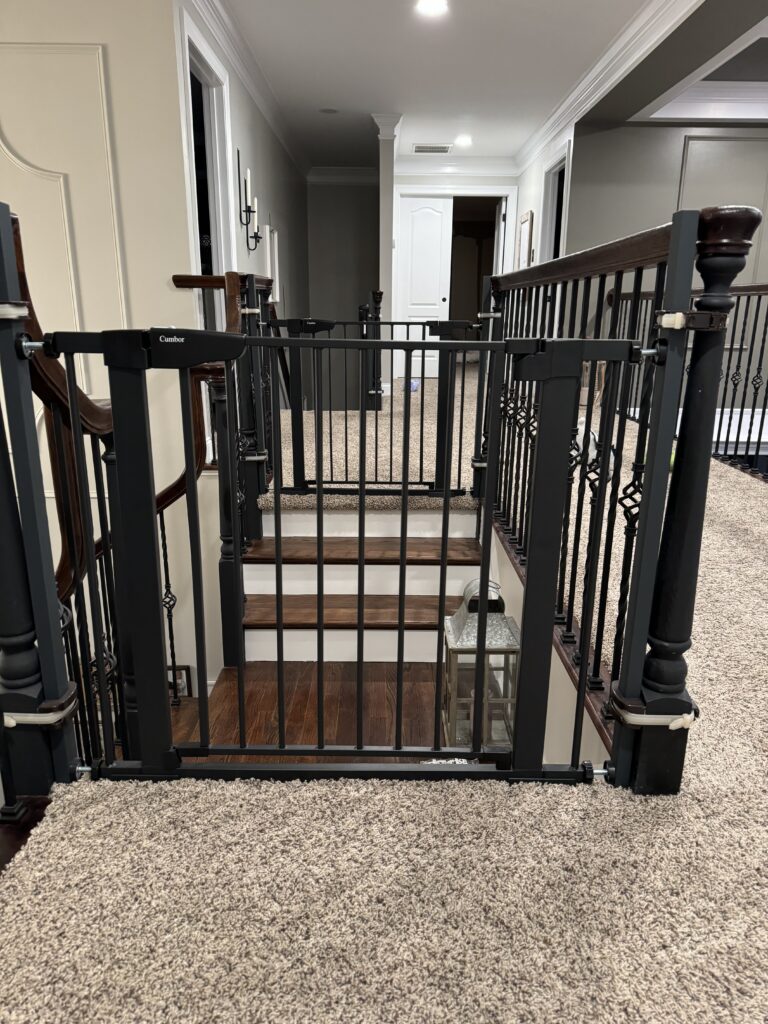
For families looking to ensure the utmost safety near staircases, hardware-mounted gates emerge as the unequivocal favorite. Unlike their pressure-mounted counterparts, these gates are affixed directly to the wall or banister through the use of screws, offering a solidity and dependability that is paramount when it comes to preventing accidents at the top of stairs. The nature of their installation provides a robustness necessary for these high-risk areas, as the gates form an immovable barrier that a child cannot easily dislodge or topple over.
The choice of a hardware-mounted gate for staircases is driven by the inherent risks associated with these areas. Falls from stairs can lead to serious injuries, making it critical to select a barrier that can reliably hold up to the pressure exerted by an eager or unsteady toddler. This method of installation eliminates the gap that can sometimes exist beneath pressure-mounted gates, further reducing the risk of tripping or squeezing underneath, which is especially important in preventing accidents on the descent.
Selecting the right hardware-mounted gate also involves considerations of the gate’s design and functionality. Many models come equipped with features such as a swing-stop mechanism, which prevents the gate from swinging out over the stairs, adding an extra layer of safety. Additionally, gates designed specifically for stairway use often include a one-hand latch system that allows adults to pass through easily without compromising the gate’s security.
It is also worth noting that while the installation of hardware-mounted gates is more permanent, the safety they provide at stair locations justifies the effort. The peace of mind that comes from knowing your child is protected from one of the most hazardous areas in the home cannot be overstated. For any parent prioritizing the safety of their little explorers, hardware-mounted gates stand out as the essential choice for staircases, ensuring a secure and worry-free environment for children to grow and play.
The Distinction Between Top of Stairs and Other Gates
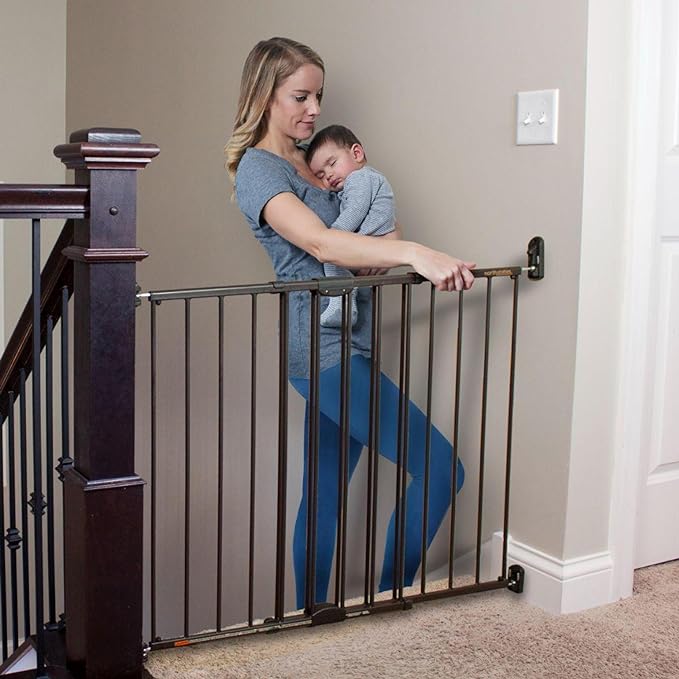
Understanding the distinction between gates for the top of stairs and those used elsewhere in the home is paramount for ensuring child safety. This differentiation largely hinges on the mounting method and the gate’s inherent stability and strength. For areas that present a less immediate danger, such as doorways or hallways between rooms, pressure-mounted gates are often sufficient. These gates provide a reliable barrier without the need for drilling or permanent fixtures, offering a good balance of safety and convenience for locations where the risk of a fall is minimal.
However, the top of stairs represents a significantly higher risk area within the home, necessitating a more secure solution. Here, hardware-mounted gates are not just recommended; they are essential. The reason for this is twofold. Firstly, the fixed mounting ensures that the gate cannot be dislodged or pushed over by a child, thereby significantly reducing the risk of a fall. Secondly, this type of gate usually comes with additional safety features suited for staircases, such as swing control mechanisms that prevent the gate from swinging outward over the stairs, potentially creating a tripping hazard.
The proper selection of a gate for the top of stairs goes beyond the mere functionality of preventing access. It involves a comprehensive safety approach that considers the potential consequences of a gate failure. Unlike in lower-risk areas of the home, where a pressure-mounted gate may briefly give way with minimal risk, a gate at the top of stairs must hold firm against any amount of pressure to prevent potentially serious falls.
By distinguishing between the needs of staircases and other parts of the home, parents can make informed decisions that prioritize their children’s safety in every environment. This tailored approach ensures that while mobility and exploration are encouraged, they are never at the expense of safety.
Addressing Challenging Installation Scenarios

Navigating the installation of baby gates in homes that present unique architectural quirks or non-standard configurations requires a bit of creativity and specialized solutions. When faced with such challenges, standard gates may not suffice, calling for adaptable and innovative approaches to ensure a secure fit and maintain the safety of your little ones.
For instance, wall-to-banister scenarios are common in many homes, where one side of the intended barrier location is a solid wall and the other is an open staircase banister. Standard gates are often incompatible with this setup without additional support. Specialized gate kits are available that come with mounting systems designed to securely attach the gate to both the wall and the banister, ensuring stability without necessitating drilling into the banister itself, preserving the integrity of your home’s woodwork.
Banister-to-banister installations pose a similar dilemma, especially when there are no walls to affix the gate to. In this case, look for gates that come with specific banister-mounting kits. These kits usually include straps or clamps that wrap around the banisters, creating a secure anchor point for the gate without the need for drilling or permanent alterations to the staircase.
Homes with wide openings or irregularly shaped doorways might benefit from retractable gates or configurable gate systems. Retractable gates can cover wide distances and be discreetly tucked away when not in use, maintaining the aesthetic appeal of the space. Configurable gates, on the other hand, allow for customization according to the specific dimensions and shape of the area you’re looking to secure, providing flexibility and security in equal measure.
In every situation, it’s critical to choose the right equipment and approach for your home’s specific challenges. This might mean investing in additional accessories or opting for gates designed with adaptability in mind. Ensuring the gate is installed securely, in line with the manufacturer’s guidelines, guarantees that even in the most challenging scenarios, safety is never compromised.
How to Properly Install Baby Gates
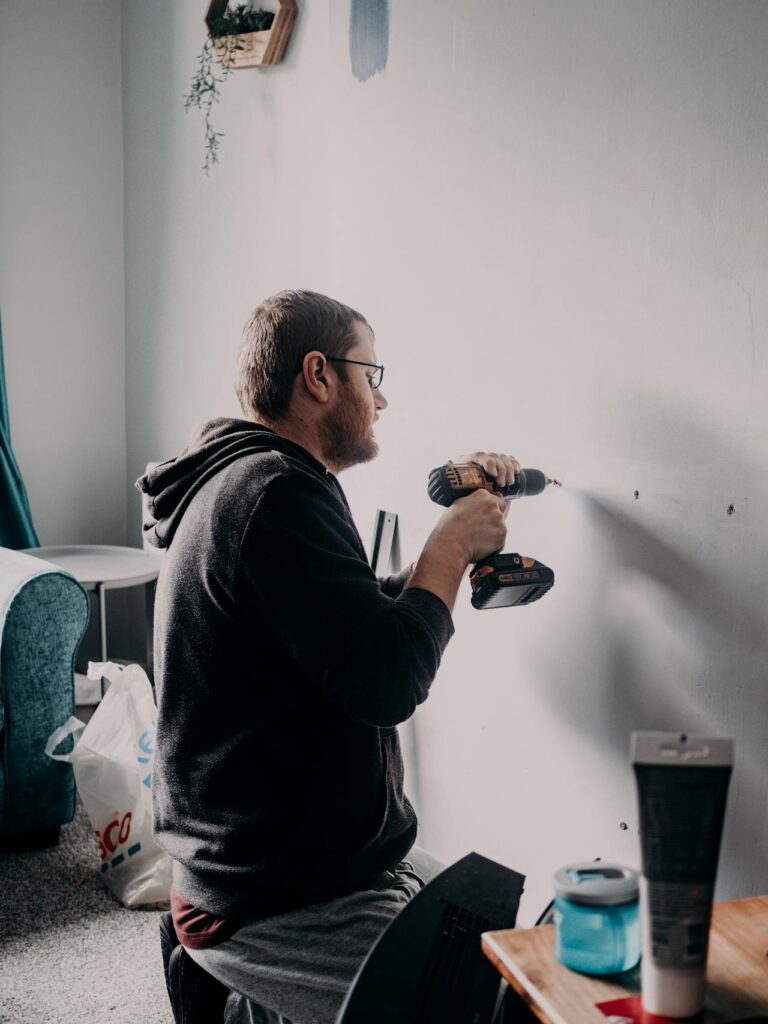
Installing baby gates correctly is a key step in ensuring the safety of your children. It’s not merely about placing the gate where you see fit; it involves a detailed process to ensure that it serves its purpose without fail. Begin by reading the manufacturer’s instructions thoroughly before attempting installation. Each baby gate model may have its own specific requirements or installation method, especially when it comes to hardware-mounted gates versus pressure-mounted ones.
For pressure-mounted gates, start by adjusting the tension knobs until the gate fits snugly between the two walls or door frame. It’s essential to check that the gate cannot be pushed down or lifted with minimal effort, ensuring it stays in place under the weight or pressure of a child leaning against it.
For hardware-mounted gates, particularly those intended for the top of stairs, precise measurements and the use of a level are critical. Mark the drill holes carefully to ensure that the gate will be perfectly horizontal and secure. When drilling into walls or banisters, double-check that you’re not damaging any underlying electrical wiring or plumbing. Always drill into a stud. After securing the gate with screws, give it a firm tug to make sure it’s anchored securely and won’t give way under pressure.
Regardless of the type, after installation, perform a thorough check to ensure there are no gaps wider than three inches within or around the gate, as these could pose a risk for entrapment or allow a child to squeeze through. Regular maintenance checks are vital to confirm that the gate remains secure over time. This includes tightening any loosened screws and ensuring that the locking mechanism functions smoothly and reliably every time.
Understanding that baby gates require regular adjustments as they settle and as your home environment changes is also crucial. Temperature and humidity variations can affect the fit and function of the gate, necessitating periodic reevaluation and adjustment to maintain optimal safety.
